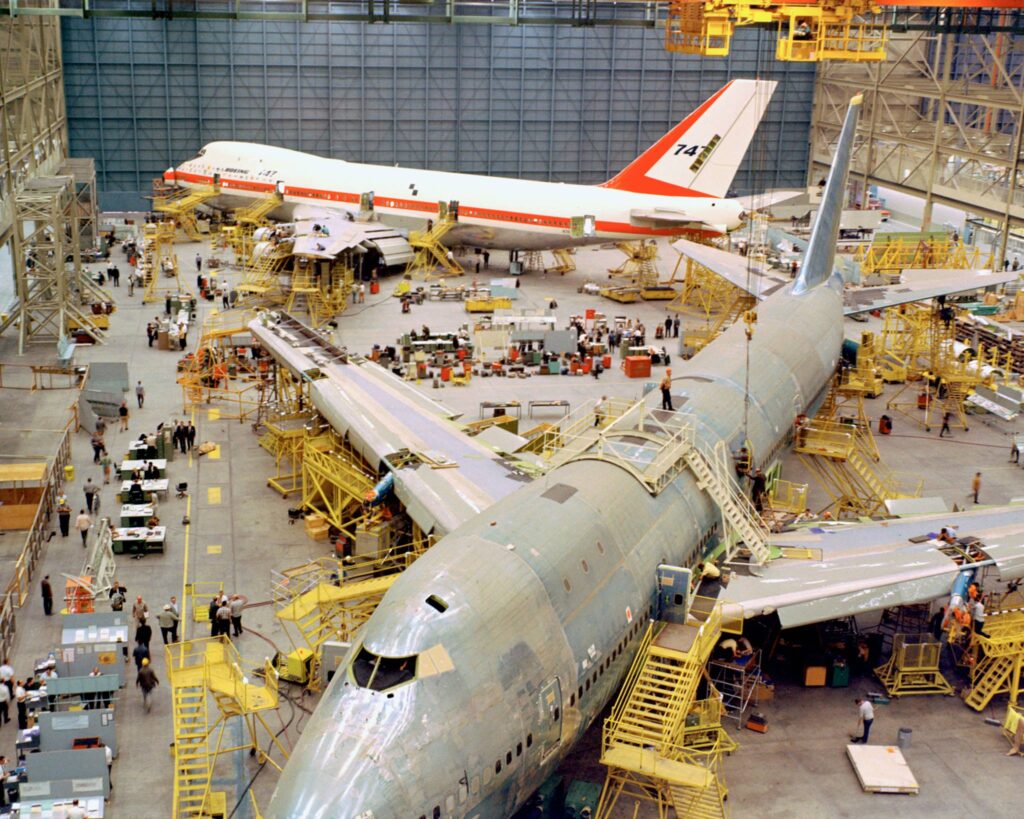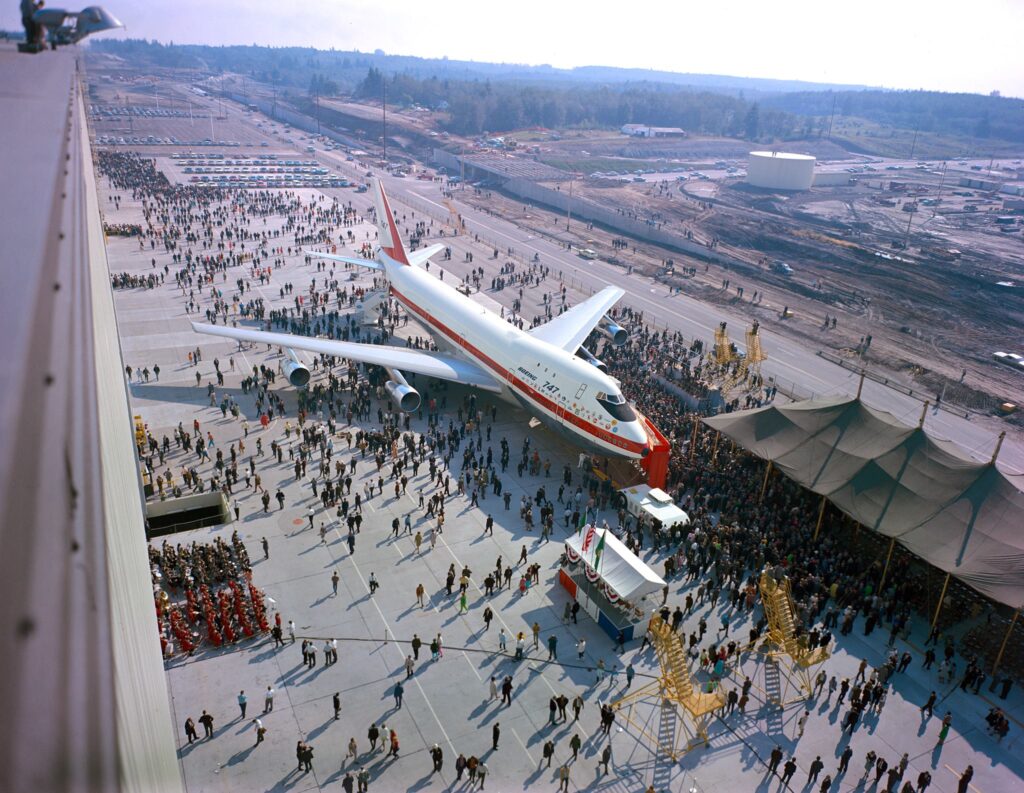The era of an aircraft that made aviation history comes to an end
After more than 50 years, the era of the Boeing 747 has come to an end. The aircraft that revolutionised aviation and launched the era of long-haul travel by carrying hundreds of passengers on each flight. The last unit produced, 76 metres long and 19 metres high, was recently delivered to the American company Atlas Air, which will be used for cargo activities.
Before the ‘jumbo jet’, opportunities to fly between continents were rare, but thanks to it, intercontinental travel has become more accessible and the world closer and more interconnected since the 1970s. So popular and recognisable because of its distinctive hump, the Boeing 747 has also become famous in the cinema as it has appeared in many films. Still, it also owes its notoriety to the fact that it is the aircraft of the President of the United States (because, yes, Air Force One is a Boeing 747).
The Queen of the Skies has dominated the aviation market for decades
Designed in 28 months and delivered in December 1969 to the US airlines Pan Am and TWA, both of which no longer exist, the 747 ended up on the ground after 53 years of operation. To get an idea of its success, one only needs to know that in 1990 the 542 Boeing 747s accounted for almost 30% of the world’s wide-body fleet. Thanks to its size, which allowed it to carry a large number of travellers, and it is four engines that were state-of-the-art at the time, it dominated the airline market, benefiting consumers by reducing delivery times for food, electronic devices and other items.


The ‘queen of the skies’ christening took place on 22 January 1970 with a Pan Am flight that took off from New York’s JFK airport and landed at London Heathrow. It was a first step towards a success that exceeded the expectations of Boeing itself, which at an early stage had planned to build 400 units.
The production growth has been steady, with the peak reached in 1990, when Boeing delivered 70 units, up to the five delivered in 2022, for a total of 1574 747 aircraft built at the Everett factory, located in Washington state. As for the number of people carried, statistics show that more than 6 billion passengers have flown on board a 747.
“This is a surreal moment because for the first time we will no longer have a Boeing 747 in our plant,” said Kim Smith, general manager of Boeing’s 747 and 767s programmes. The last delivery flight to the headquarters of Atlas Air, the airline that will use the aircraft as cargo for the Swiss company Kuehne + Nagel, paid homage to the history of the 747 by drawing a large crown in the sky with the three numbers of the most popular airline acronym ever.


It was a heartfelt moment for Boeing employees. Still, also for John Travolta, pilot and testimonial for Qantas, who experienced his last flight at the Everett factory, recalling how the course to fly the Boeing 747 was one of the toughest tests he faced to become a pilot.
Decline and new aircraft
The decline of the 747 began with the need to favour twin-engine aircraft for greater sustainability in the airline industry. Twin engines are more fuel efficient, so over time, Boeing was forced to revise plans and retire the jumbo jet to invest in developing the 777 and 787 Dreamliner. So did Airbus, which after 14 years, stopped production of its A380, the aircraft that accommodates the most significant number of people on board, in favour of less environmentally impactful solutions.
The final blow came with the pandemic, which halted flights and forced companies to ground Boeing 747s, which were no longer used because they were too expensive. More than 300 units were converted into cargo planes to retake flight, while commercially, its place will be taken by the Boing 777X, ready for the beginning of 2025.



